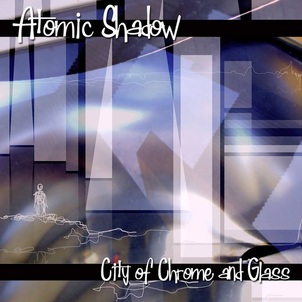
New cover art was commissioned by Kelly Ricks. She also did the cover for 12 Full Moons. Both covers are computer manipulated photographs with added elements that are drawn in various layers.
Some remastering was done for the CD release.
Be sure to check out the other artist's pages at the Auricular website. I am very proud to be included in this group of interesting artists.

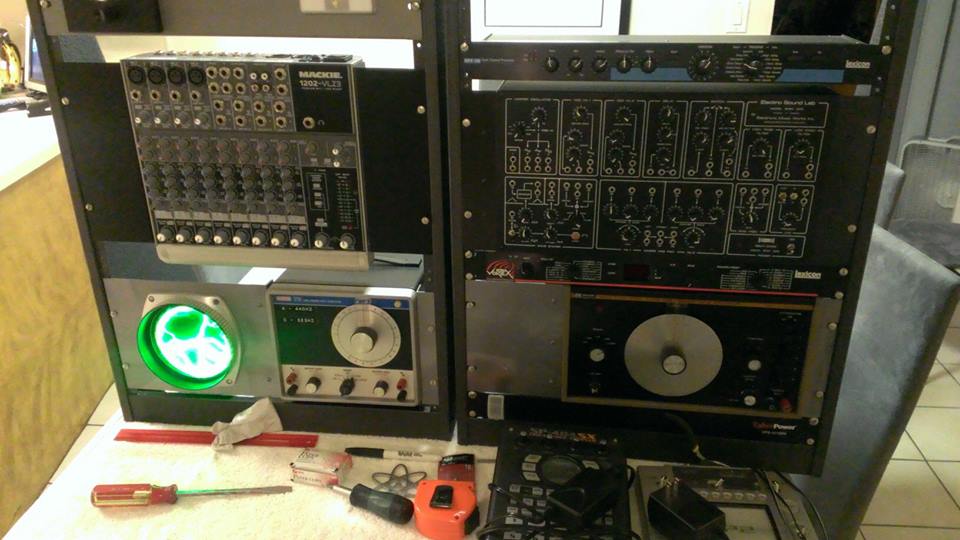
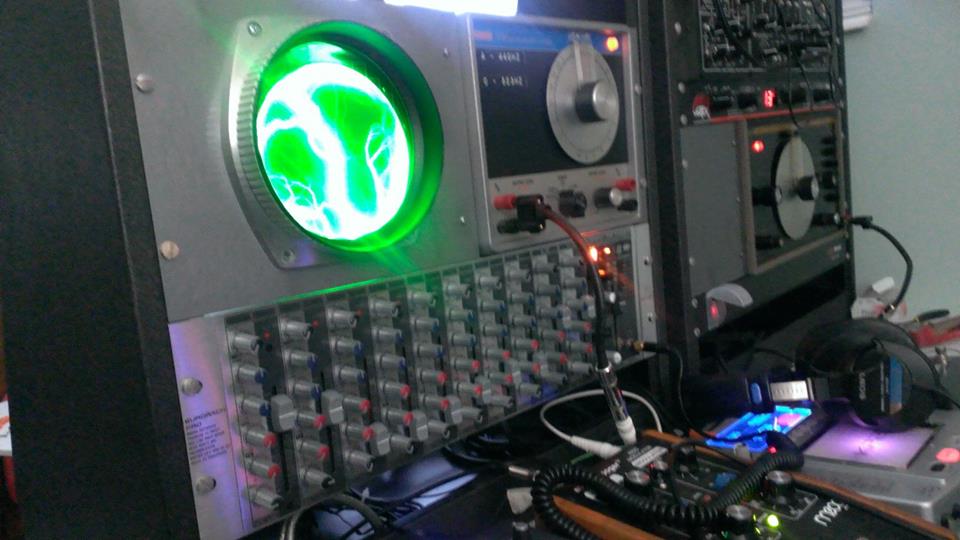
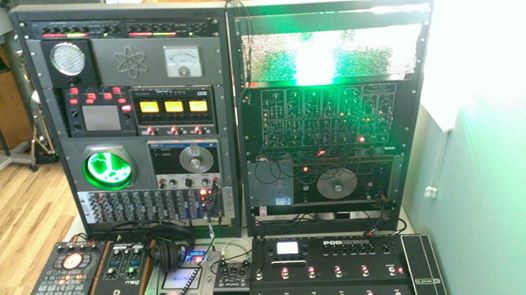
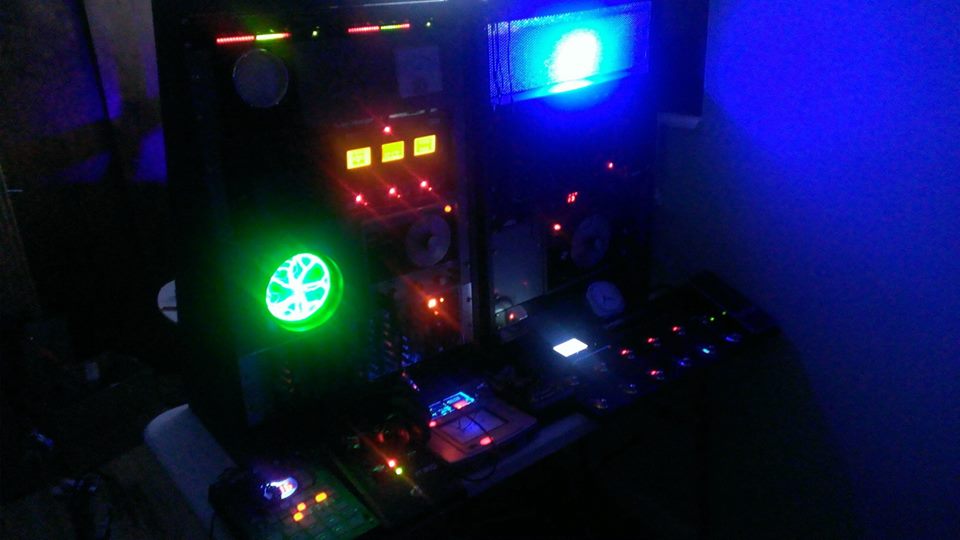
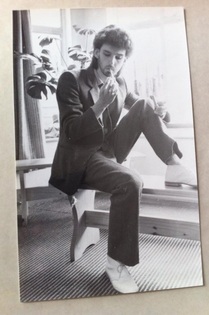
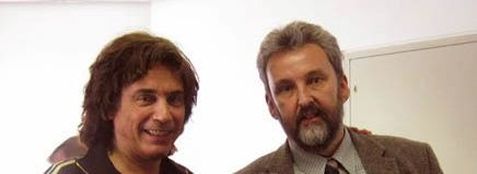
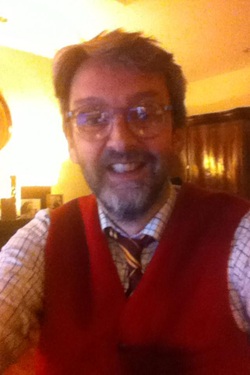
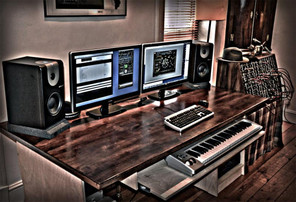
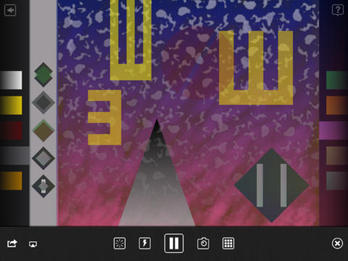
 RSS Feed
RSS Feed
